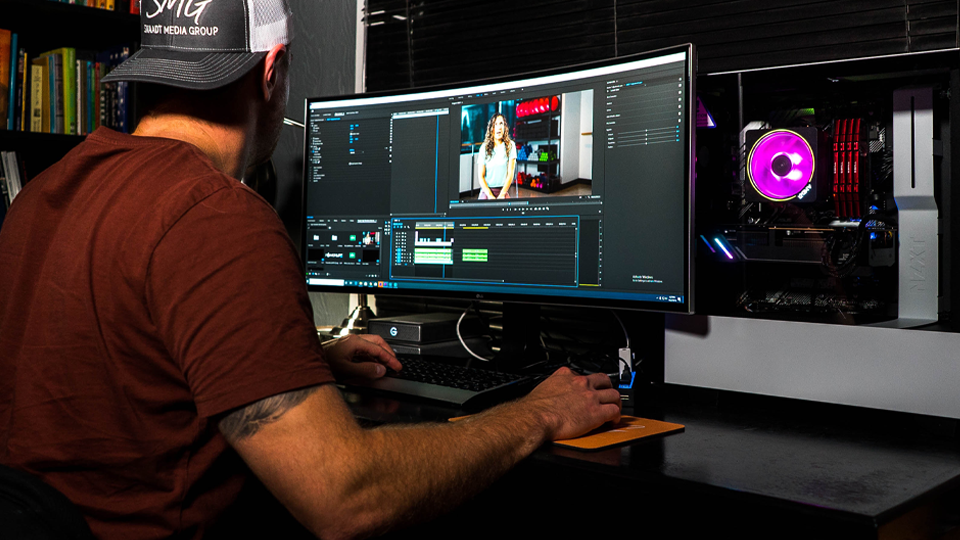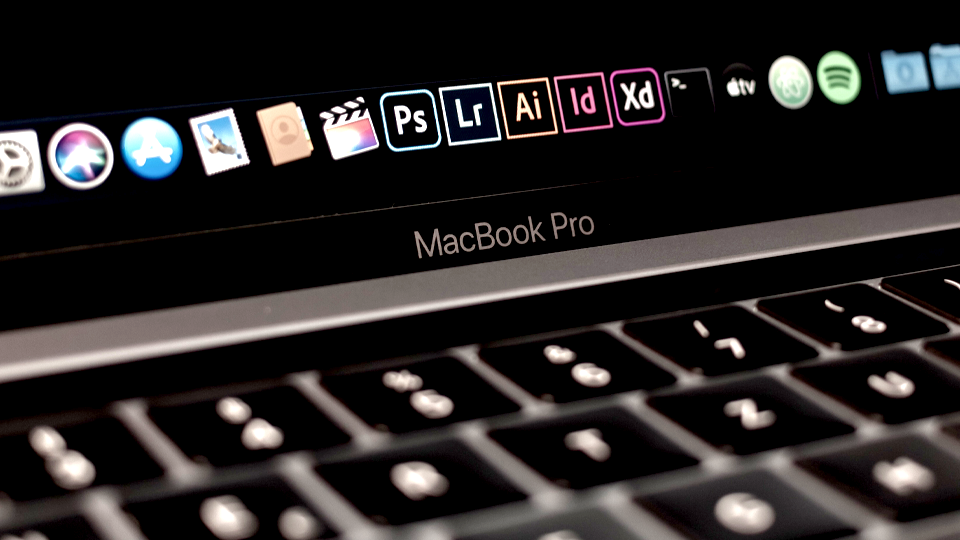Framing the Narrative: How Composition Tells Its Own Story in Cinema

Samuel Taggart

5 Minutes

Every image has its purpose.
It takes a keen eye to compose a scene in a way that commands the audience’s attention. From camera angles to composition, to the props and the scenery, framing significantly influences storytelling. Helping command the audience’s attention, convey emotions, or visually focus the storyline, the art of “getting the shot” pervades moviemaking. In this article, explore the impact shot composition & framing techniques in film, including techniques & examples from cinema.
Establishing the shot: Key Techniques
Framing is the process of deciding what will be included or excluded from a particular shot. Composition then are the elements are positioned within those boundaries to create a visually appealing & effective image. In filmmaking, this often means deciding where to place characters, props, and other key elements within each shot.
Key Elements of Composition:
- Rule of Thirds: Dividing the frame into nine equal parts using two horizontal and two vertical lines. Important elements are placed along these lines or at their intersections to create balance and interest.
- Leading Lines: Lines within the frame that guide the viewer’s eye towards a specific point of interest. These can be actual lines like roads or implied lines like the gaze of a character.
- Symmetry and Balance: Symmetrical compositions create a sense of harmony and balance, while asymmetrical compositions can create tension or focus. Cue: Wes Anderson.
- Depth: Creating a sense of three-dimensionality by using foreground, mid-ground, and background elements. This can be achieved through the placement of objects, the use of perspective, and the manipulation of focus.
- Contrast: Using contrasting colors, shapes, or lighting to highlight important elements and create visual interest.
Key Elements of Framing:
- Close-Up: Focuses on a character’s face or a specific detail, emphasizing emotions or important objects.
- Medium Shot: Typically shows a character from the waist up, providing a balance between the subject and their surroundings.
- Long Shot: Shows the subject from a distance, often used to establish a scene or show the environment.
- Over-the-Shoulder Shot: Frames one character from behind the shoulder of another, commonly used in dialogues to show perspective.
- Point of View (POV) Shot: Shows the scene from a character’s perspective, immersing the audience in their experience.
- Wide Shot: Encompasses a broad view of the setting or action, often used to establish context or show large-scale scenes.
- Dutch Angle: Tilting the camera to create a diagonal horizon line, often used to convey unease or disorientation, and a technique made popular in horror movies.
Over-The-Top Impact: La La Land
La La Land is a visual feast. The movie frequently employs wide shots and dynamic compositions to capture the grandeur and dreamlike quality of Los Angeles, and the use of vibrant colors and symmetrical framing contributes to the film’s whimsical and nostalgic atmosphere. In the "Planetarium" sequence, wide shots and long takes to create a sense of wonder and romance as Mia (Emma Stone) and Sebastian (Ryan Gosling) dance among the stars. The film also utilizes creative transitions and framing techniques to blend reality and fantasy. For instance, the opening number "Another Day of Sun" features dynamic camera movements and wide shots that capture an overdramatized Los Angeles traffic jam, setting the tone for the film’s vibrant style.
Intimacy and Tension: The Social Network
David Fincher's The Social Network frequently employs close-ups and tight framing to draw viewers into the characters' emotional states. In the opening scene, the use of close-ups during the conversation between Mark Zuckerberg (Jesse Eisenberg) and Erica Albright (Rooney Mara) intensifies the tension and discomfort as they speak looking eye-to-eye. The audience can see every nuance of their expressions, making the dialogue's emotional weight more palpable.
Fincher's fundamental use of the rule of thirds also helps guide the viewer's eye to the most critical elements of each frame throughout the movie. The strategic use of shallow depth of field, often with a blurred background flattens & focuses the viewer’s attention while playing into the characters’ isolation and emotional tension of the movie.
Establishing Power Dynamics: Breaking Bad
Breaking Bad is a masterclass in episodic television, spanning five seasons. One notable technique in the crime drama is the use of low-angle shots to depict Walter White's (Bryan Cranston) transformation from a meek chemistry teacher to a powerful drug kingpin. As Walter's character evolves, the camera angles shift from eye-level to low angles, making him appear more dominant and intimidating, reinforcing his assertion of power. On the other side, characters who are overpowered or struggling are often shot from high angles, making them appear smaller and more vulnerable. This deliberate use of angles and framing effectively communicates the shifting power dynamics throughout the series—and kept audiences entertained for years.
The Result of Great Composition in Film
Composition and framing are fundamental to filmmaking—they are the primary means by which visual storytelling is achieved. These elements guide the viewer's attention and convey the narrative without the need for dialogue. By strategically placing characters and objects within the frame, filmmakers can subtly influence how a story is told, ensuring that the visual elements support and enhance the narrative. Moreover, these elements can also play a crucial role in establishing the tone and mood of a film. The choice of framing—whether it’s a close-up that captures intimate emotions or a wide shot that showcases a character’s isolation—can profoundly affect the audience's response. In addition to storytelling and audience engagement, effective composition & framing contribute to the aesthetic quality of a film. A well-composed shot demonstrates a filmmaker’s artistry, or a cinematographer’s attention to detail, all the while enhancing the unity of a film, ensuring that each scene flows seamlessly into the next.
Collaborate with anyone, from anywhere on Suite >>
Learn more & start your Free Trial



































